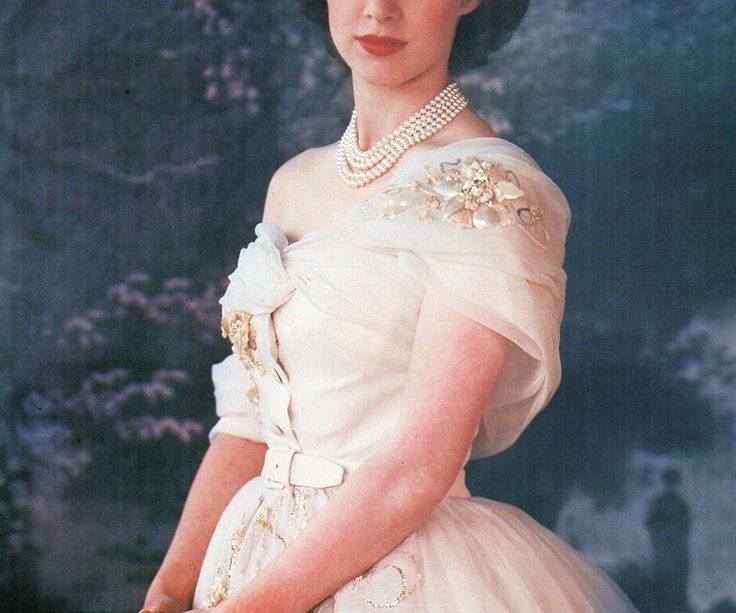The Life and Legacy of Princess Margaret

Introduction
Princess Margaret, the younger sister of Queen Elizabeth II, remains a prominent figure in British royal history. Her life was marked by both privilege and controversy, reflecting the changing social landscape of Britain in the 20th century. Understanding her story is essential as it offers insight into the personal and diplomatic dynamics of the royal family, as well as the impact of societal expectations on individual lives.
A Royal Journey
Born on August 21, 1930, Princess Margaret Rose was the second daughter of King George VI and Queen Elizabeth. Her upbringing in a royal family provided her with the finest education and opportunities, yet she often felt restrained by her royal duties. Margaret became known for her vivacious personality and was seen as a modern woman of her era. Her relationship with her sister, the Queen, was both supportive and competitive, with Margaret often seeking to carve her own identity.
Love and Relationships
One of the most notable events in Princess Margaret’s life was her tumultuous romantic relationships. Her love affair with Group Captain Peter Townsend, a divorced man, sparked widespread media attention and public debate in the 1950s. The controversy surrounding their potential marriage ultimately led to her decision to step back from pursuing a union with Townsend, illustrating the rigid constraints faced by royal family members at that time. Later, she married photographer Antony Armstrong-Jones in 1960, marking the first royal wedding to be televised, yet their union ended in divorce in 1978, further shaking public perceptions of royal marriages.
A Cultural Impact
Despite her challenging personal life, Princess Margaret’s influence extended beyond romance. She was known for her patronage of the arts and was a supporter of numerous charitable organisations, including the National Society for the Prevention of Cruelty to Children (NSPCC) and the Royal Academy of Arts. Her commitment to culture and charity helped modernise the public image of royalty, making them more relatable.
Conclusion
Princess Margaret passed away on February 9, 2002, but her legacy continues to spark fascination and debate. Today, she is often portrayed in popular culture, notably in the Netflix series ‘The Crown’, which has reinvigorated interest in her life and the complexities of being a royal. As the royal family navigates the modern era, Princess Margaret’s story serves as a reminder of the personal sacrifices made by those in the spotlight and the ongoing dialogue surrounding duty, love, and individual freedom. Her life signifies the struggles between tradition and personal choice, making her an enduring figure in the narrative of the British monarchy.






